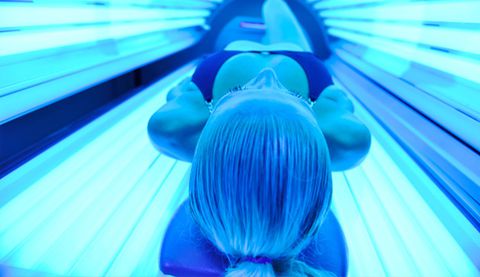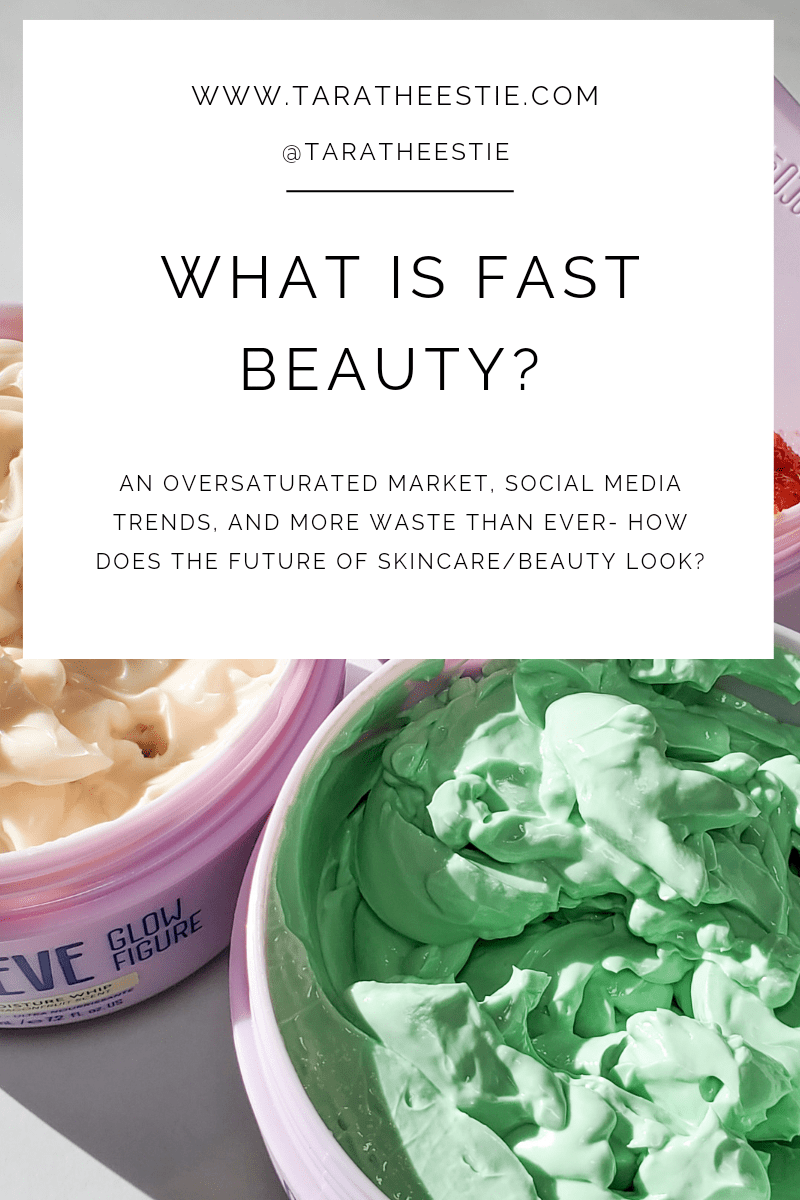
When we picture beauty, what do we picture? Some of us picture an ideal weight, more symmetrical face, picture perfect skin, freshly blown out hair…for a large portion of the population in the US, tanned skin is also in this idealistic picture of beauty. But at what cost? We already frequently discuss online how society’s version of beautiful being more thin can cause eating disorders in females and males, and that the increasing desire for people to match our favorite Instagram models have caused increase in plastic surgery and enhancements. I think more conversation needs to be made about how getting a tan is still included in many people’s ideal of beauty. I am not trying to say that tanned skin isn’t beautiful, but that the knowledge that many have about “safe” tanning practices and sun exposure are wrong!
There I am…scrolling through Instagram, and model after model, celebrity after celebrity, posing in a bikini, glowing, tan skin advocating for their flat tummy tea. Does it make me want to lose weight and buy the flat tummy tea? Kind of, that’s simple advertising. Does it also make me feel like I need a glowing, gorgeous tan? Yes, yes it does. Without even having to promote a tan, I automatically am associating it with beauty. This is because it has become a societal standard in European and American cultures. An interesting counterpart is how pale skin is the beauty standard in Asian Countries.
There is no safe tan. This fact, honestly changed my life when I learned this. I always knew to wear SPF, but never quite understood what it did and why it was so important. I also had the false belief that only old people got skin cancer, and those with really fair, light skin. When you go outside and get a tan, this is visible sign of skin damage. This cell damage can lead to wrinkles, age spots, premature aging and skin cancer! 90% of Melanomas, skin cancer, is caused by UV exposure. This can be from sunlight or artificial rays from a tanning bed. “The World Health Organization’s International Agency for Research on Cancer (IARC) classifies tanning beds and tanning lamps into its highest cancer risk category – carcinogenic to humans, the same category as other hazardous substances such as asbestos and plutonium” (Melanoma Research Foundation).
Skin cancer is the most common form of cancer in the US, with Melanoma being the most deadly form. Every hour of every day, one American dies from Melanoma. Utilizing tanning beds before the age of 30 increases the risk of melanoma by 75%! One blistering sunburn, especially at a younger age, doubles the person’s chance of developing Melanoma later in life. Melanoma is the leading cause of cancer death in women ages 25- 30 and the second leading cause of cancer death in women ages 30-35 (Melanoma Research Foundation).
Even though these facts are easily accessible on websites and research articles, why do people still believe that they need to tan or that it is not that bad for them? Tanning companies have led people to believe that getting the daily dose of Vitamin D is acquired from unprotected sun exposure, particularly tanning beds, in order to increase their sales. The part about needing a daily dose of Vitamin D is true, however we do not need to acquire it directly from the sun. We acquire Vitamin D mostly from a healthy diet, and unprotected sun exposure is not necessary for the body to acquire it. Studies have never found that sunscreen use leads to Vitamin D insufficiency (Skin Cancer Foundation).
Just look at this advertisement posted on a website for Veranda Sun, a tanning salon in Colorado. This has several claims that make you believe that tanning is safe, and promotes it to feel beautiful.

With these staggering facts, it is hard to remember that nearly 90% of Melanomas are preventable. By using a broad spectrum sunscreen you protect yourself from both UVA and UVB rays, and reduce the risk of melanoma by 50-73% (Journal of Clinical Oncology).
There are plenty of ways to get that glowing tan that you may desire without increasing your risk of skin damage and skin cancer. Using self-tanning lotions and mousses and spray-tans are great alternatives to a tanning bed. It is important to remember that the majority of sunless tanners do not also include SPF, so you will need to add that in.
Overall, I want everyone to remember that society has always placed beauty standards that are unrealistic and not always the healthiest for our bodies. Research and science has concrete evidence to help us make informed decisions, and I believe it is easy to see that tanning is not a responsible activity to engage in. Keep your skin healthy, as it is the largest organ we have. It is much easier to prevent something than to reverse it once it has happened. Wear your sunscreen and your skin will thank you!

Sources:
https://www.melanoma.org/understand-melanoma/preventing-melanoma/why-is-tanning-dangerous
https://www.skincancer.org/healthy-lifestyle/vitamin-d/damage
Image – http://verandasuntanning.com/sunglight-indoor-tanning-benefits/





Very informative and true! I wish I would have realized this many years ago.
Very informative. Many people don’t realize how harmful tanning is!